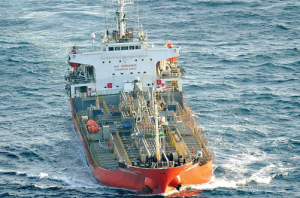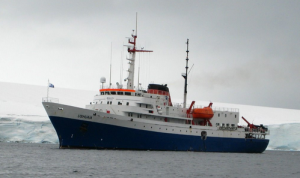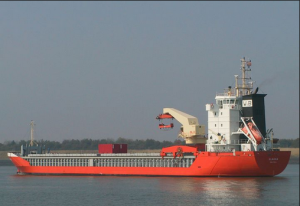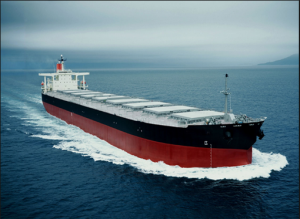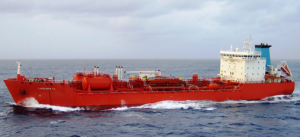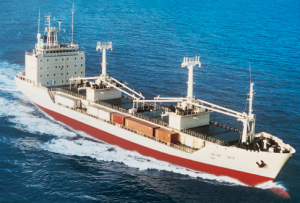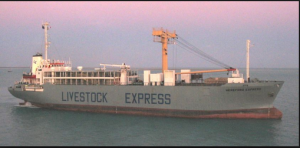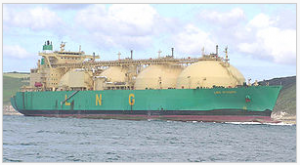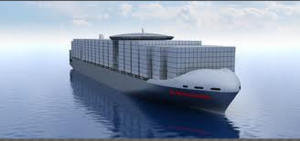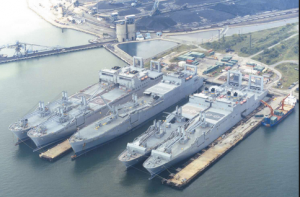Mail and Supply Ships
These ships carry mail, suppliers and also general cargo to out-of the way destinations. They basically connect small isolated communities. These ships generally have provision for accommodation which is higher than a usual freighter.
Expeditions Ships
They carry between 52 and 117 passengers. These ships are usually small for flexibility and ease of manoeuvrability in navigation through unchanged areas. These ships may have special purpose equipment installed to meet specific requirement of the expedition like prolonged sailing in high latitude. Other than scientific research purposes, these are also used for adventure tourism.
Coasters
These are small cargo ships that run on feeder routes. They carry a relatively small number of containers from small ports to major ports. They are called coasters because they travel along the coast, making many stops in a short period of time but are often much smaller.
Bulk carriers
These are used to carry coal, grain, food and other “loose” cargo. They come in various sizes and configurations, depending on the nature of the cargo and the area served. Basically they handle all types of bulk cargo which cannot be cannot be containerized.
Tankers
Tankers have no board facility for oil pumping, heating and certain other special provisions. A tanker generally sticks to a single product. According to the type of cargo, they are further classified into.
- Oil Tankers
- Product Tankers
- LNG Tankers
- Acid Tankers
- Edible oil Tankers
Refrigerated Vessels or Reefers
A type of ship typically used to transport perishable commodities which require temperature-controlled transportation, mostly fruit, meat, fish, vegetables, dairy products and other foods.
Livestock Carriers
These ships have provision to exclusively transport large number of live animals which care mostly domestic in bread of sheep and cattle.
LNG Carriers
An LNG carrier is a tank ship designed for transporting liquefied natural gas (LNG).
Container Ships
Container ships are cargo ships that carry all of their load in truck-size intermodal containers, in a technique called containerization. They are a common means of commercial intermodal freight transport and now carry most seagoing non-bulk cargo.
Ro-Ro Vessels
Ro-ro is an acronym for Roll-on/roll-off. Roll-on/roll-off ships are vessels that are used to carry wheeled cargo. The ro-ro ship is different from lo-lo (lift on-lift off) ship that uses a crane to load the cargo. The vehicles in the ship are loaded and unloaded by means of built-in ramps. Normally these ramps are made towards the stern (backside) of the ship. In some ships, they are also found on the bow side (front) as well as the sides. The vessel can be of both military and civilian types.

